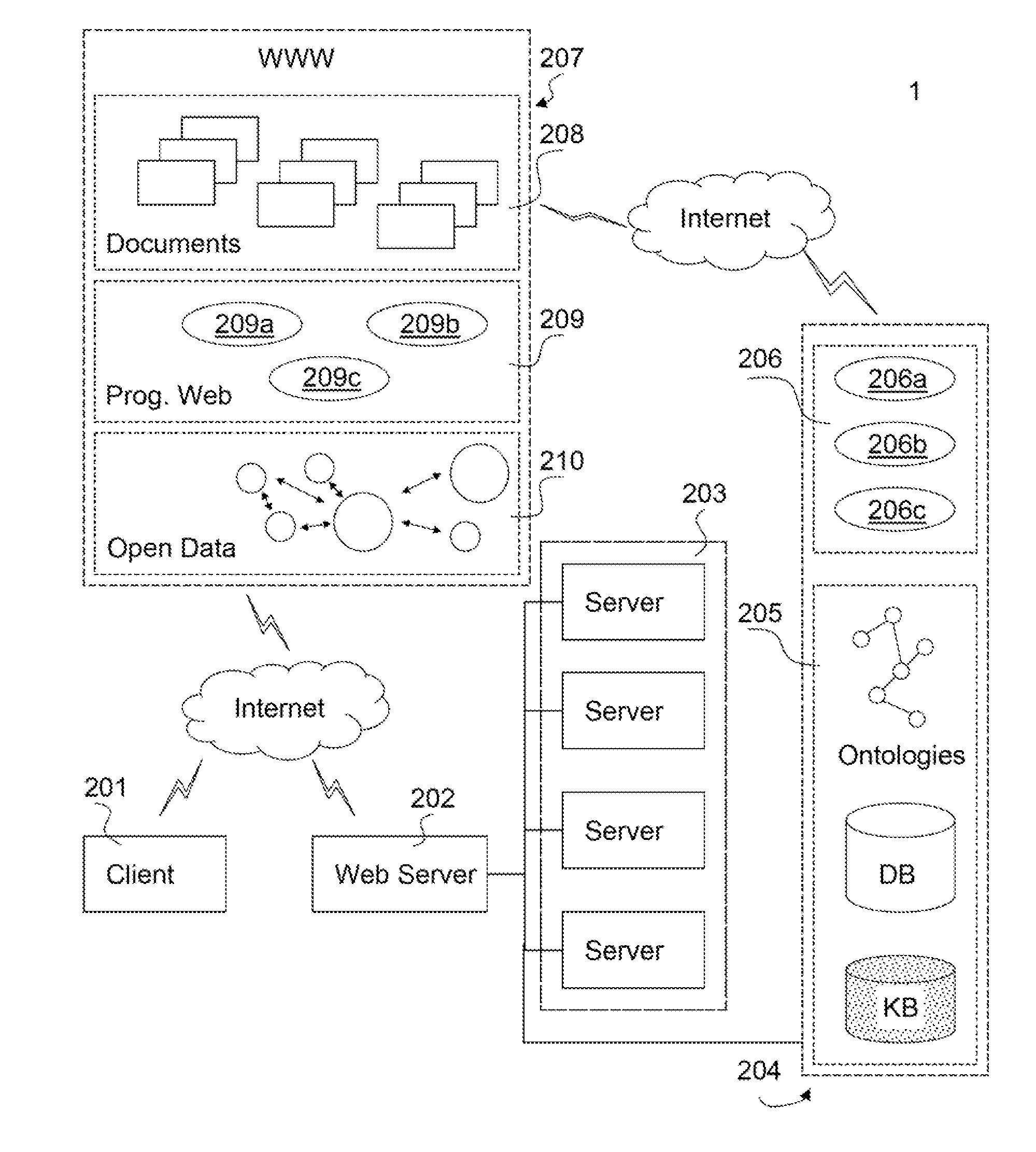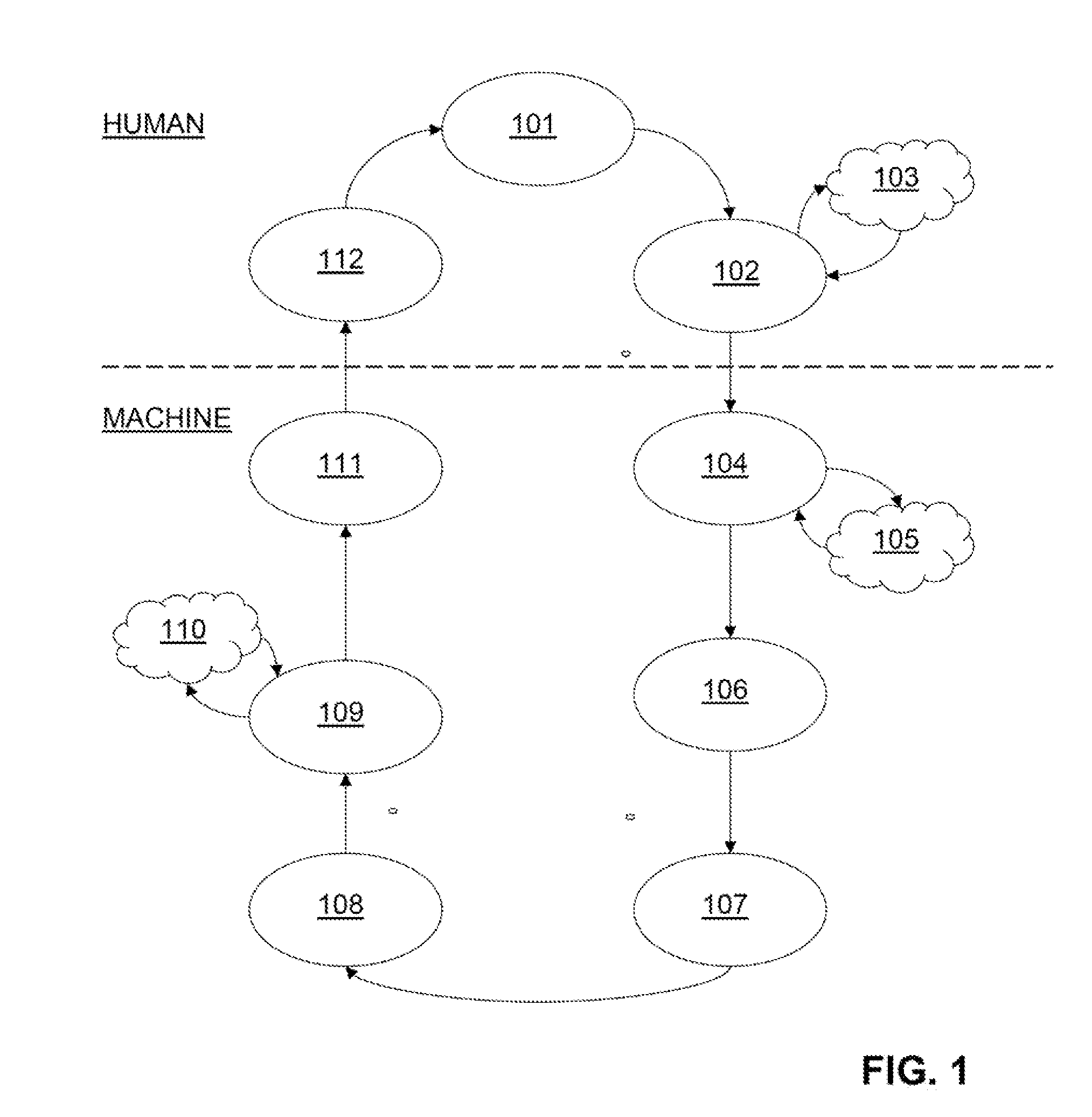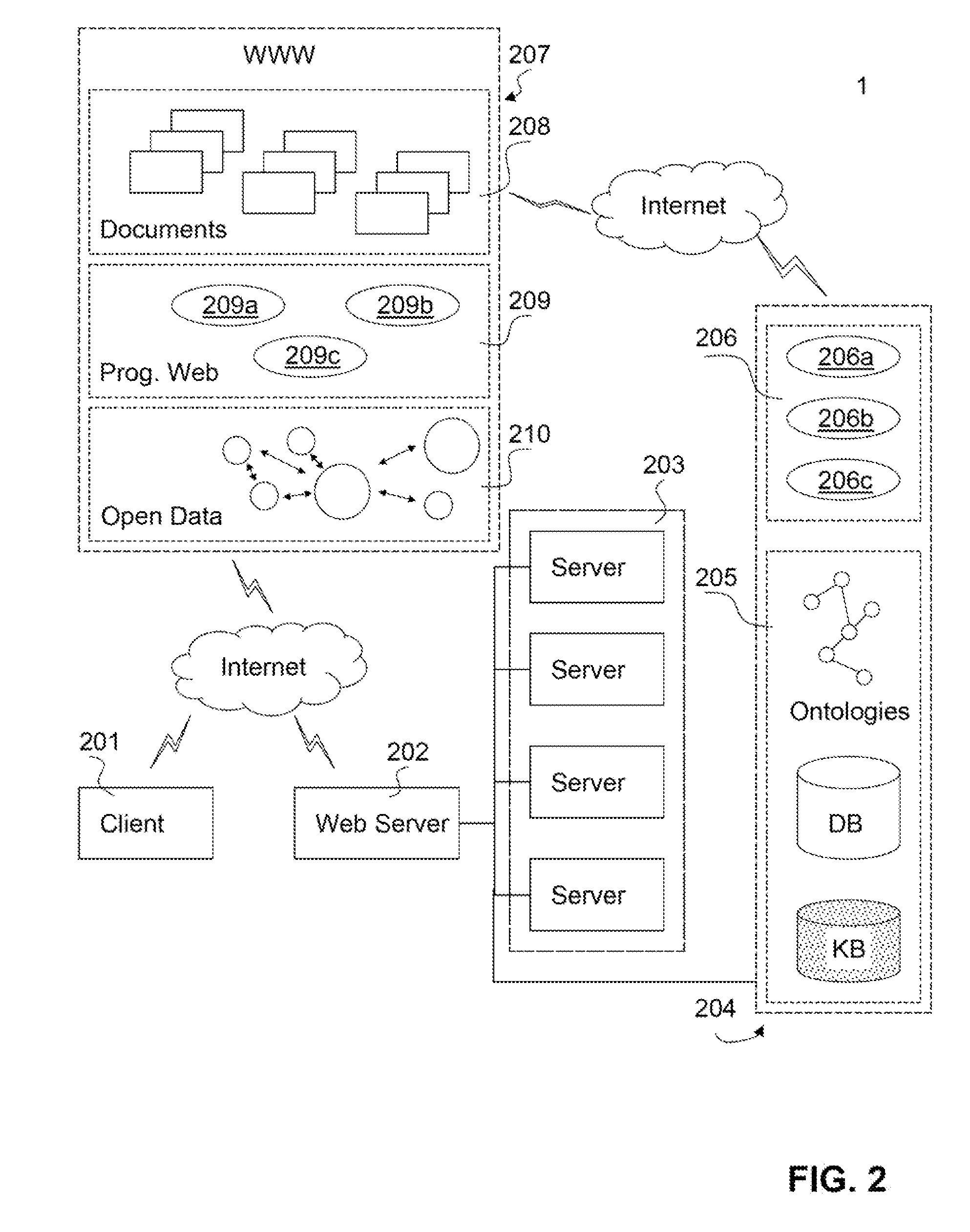Method and system for generating a document representation
a document representation and document technology, applied in the field of postgutenberg reading experience, can solve the problems of overwhelming amount of information, unstructured and cacophonous, and enormous challenges for both individual and community, and achieve the effects of reducing the number of documents, and increasing the number of documents
- Summary
- Abstract
- Description
- Claims
- Application Information
AI Technical Summary
Benefits of technology
Problems solved by technology
Method used
Image
Examples
Embodiment Construction
[0112]The present invention's focus includes the capture of the user reading experience, based on the various forms of document decomposition and re-composition. In turn, the user reading experience capture is used by machine intelligence to further improve the user reading experience. The system and method involves the application of novel embodiments of technology to electronic documents that are manipulated into forms amenable to information processing by a variety of computing devices.
[0113]FIG. 1 illustrates, for a preferred embodiment, in detail the relationship and responsibilities of human and machine in the creation and acquisition of personal knowledge. The iterative development of personal knowledge starts with the user in step 101. In this step, the user starts with the creation, and if necessary, modification of a semantic network. The minimum expression of a semantic network is a root concept, i.e. the focal point or topic of interest with respect to personal knowledge...
PUM
 Login to View More
Login to View More Abstract
Description
Claims
Application Information
 Login to View More
Login to View More - R&D
- Intellectual Property
- Life Sciences
- Materials
- Tech Scout
- Unparalleled Data Quality
- Higher Quality Content
- 60% Fewer Hallucinations
Browse by: Latest US Patents, China's latest patents, Technical Efficacy Thesaurus, Application Domain, Technology Topic, Popular Technical Reports.
© 2025 PatSnap. All rights reserved.Legal|Privacy policy|Modern Slavery Act Transparency Statement|Sitemap|About US| Contact US: help@patsnap.com



